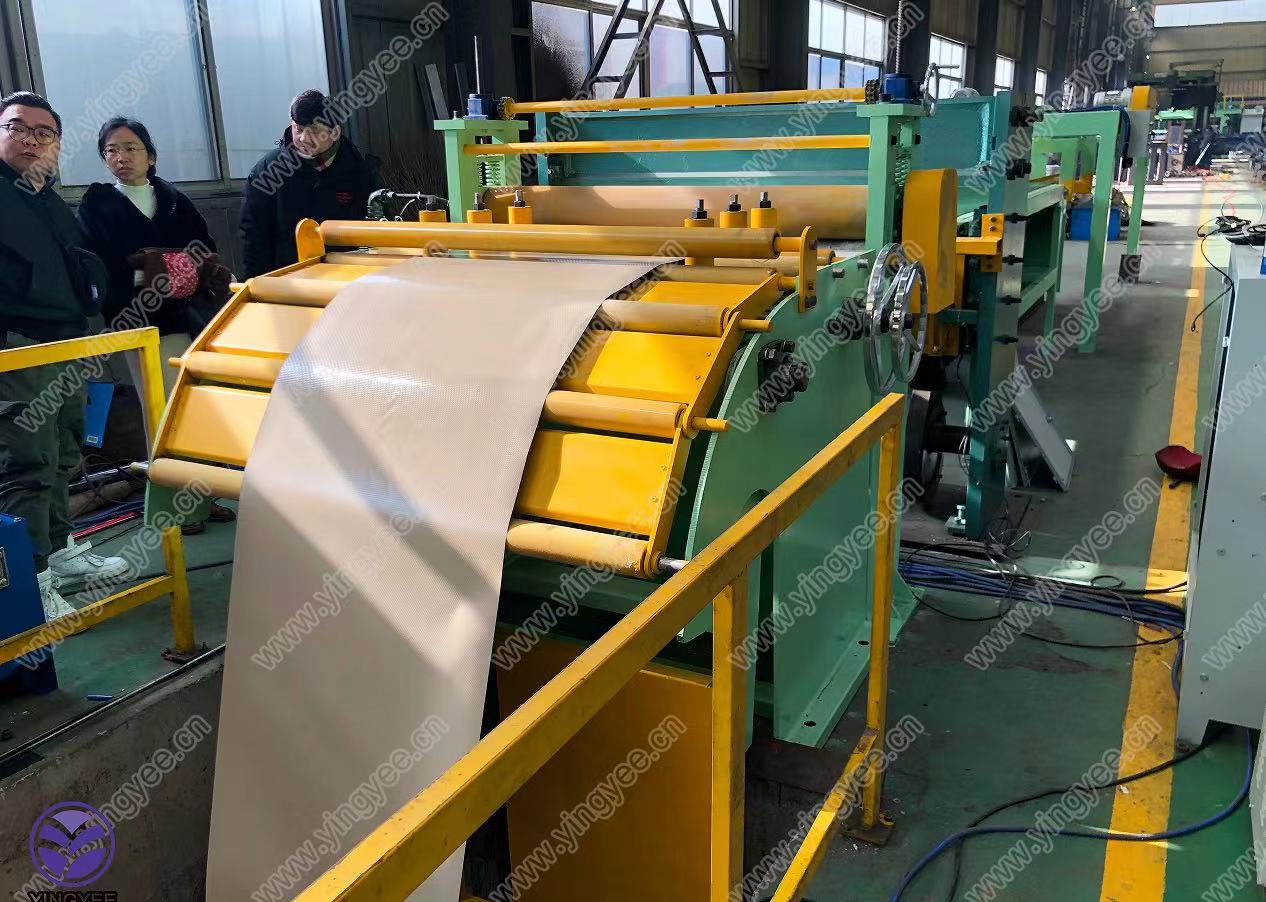
Understanding Wall Angle Furring An Essential Component in Interior Construction
When it comes to interior construction and design, one often overlooked component is wall angle furring. This essential element plays a pivotal role in creating a smooth, even surface for finishing, while also providing crucial structural support. In this article, we'll explore what wall angle furring is, its benefits, and why it's an important consideration for any construction or renovation project.
What is Wall Angle Furring?
Furring refers to the process of adding strips or elements to walls or ceilings, typically made of wood or metal, to create a level surface. Wall angle furring is specifically concerned with the angles where walls meet either the ceiling or floors. It ensures that the finishing materials—be it drywall, plaster, or other surface finishes—adhere properly and result in a clean, professional appearance.
The primary components of wall angle furring are the furring strips, which are attached to the existing wall structure, and the wall angles, which are the corner pieces that help to define the junctions between different vertical and horizontal surfaces. These angles are often made from metal or durable plastic, providing the necessary rigidity and stability.
Benefits of Using Wall Angle Furring
1. Surface Leveling One of the most significant advantages of wall angle furring is its ability to level out uneven surfaces. Walls may bow or warp over time, especially in older buildings or those affected by settling. Furring helps to bring these surfaces back to a level, usable state, making it easier to install finishing materials.
2. Moisture Control Furring strips can create a gap between the wall and surface finish, which can aid in moisture management. This spacing allows for ventilation, reducing the chance of mold growth or water damage, particularly in areas prone to humidity.
3. Insulation Enhancement Furring can also accommodate insulation material, thereby improving the thermal efficiency of a space. This not only helps to reduce energy bills but also contributes to a more comfortable indoor environment.

4. Ease of Installation In many cases, wall angle furring simplifies the installation process for finishing materials. Rather than relying on the existing wall's surface, contractors can easily attach drywall or other finishes to the furring strips, increasing speed and efficiency.
5. Aesthetic Finish Considering aesthetics, wall angle furring provides a foundation for creating sharp angles and clean lines in design. This is particularly important in contemporary interior design, where precision and detail matter significantly.
When to Consider Wall Angle Furring
While wall angle furring is beneficial in various scenarios, it is particularly essential in situations involving remodeling and renovation of older properties. Additionally, in new constructions, especially those involving drywall installation, incorporating furring can lead to a much more polished final appearance.
Despite its advantages, it's crucial to ensure that wall angle furring is installed correctly. Poor installation can lead to imperfections in finish or even structural issues. Therefore, it is often advisable to consult or hire professionals who understand the complexities involved.
Conclusion
In conclusion, wall angle furring is more than just a construction detail—it’s a vital element that can enhance both the functionality and aesthetics of interior spaces. By providing a level surface, aiding in moisture control, enhancing insulation, streamlining installation, and contributing to a polished look, wall angle furring is an indispensable component of modern construction practices.
Whether you're embarking on a new build or renovating an existing structure, considering the role of wall angle furring can lead to better outcomes, increased durability, and an overall satisfying finish that meets your design aspirations.